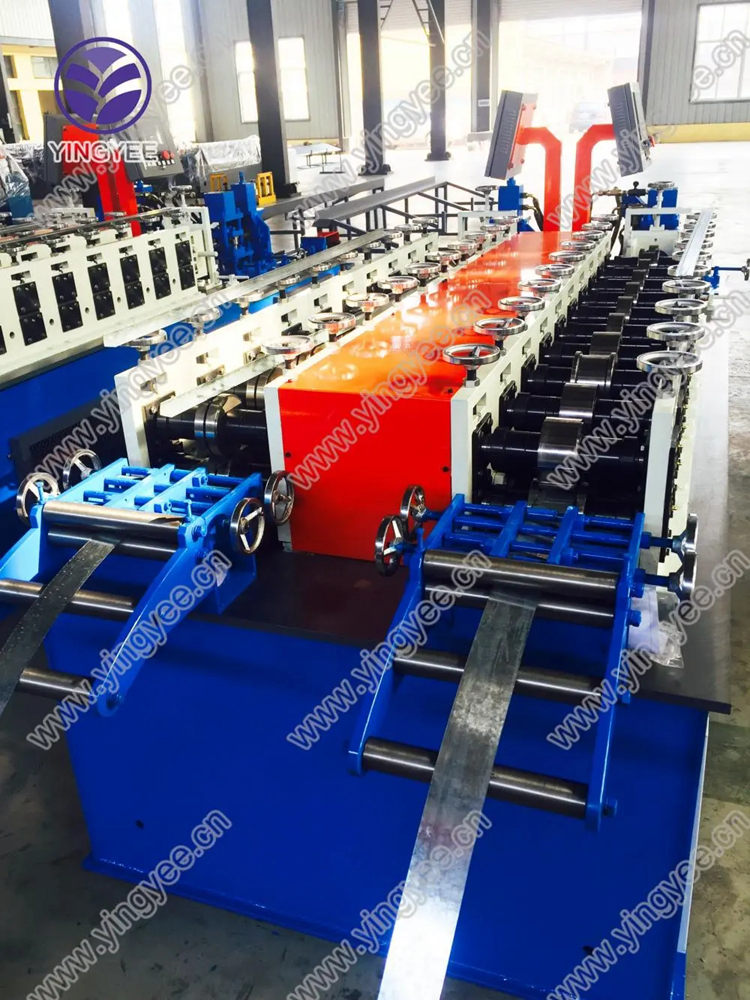
High Precision Straightening Machines The Future of Leveling Technology
In today's industrial landscape, precision and efficiency are paramount. As manufacturing processes evolve, so does the need for advanced machinery that can meet the stringent demands of quality and accuracy. Among these innovations, high precision straightening machines play a crucial role in leveling operations across various industries, ensuring that metal components achieve the necessary flatness for optimal functionality.
High precision straightening machines are specifically designed to correct distortions in metal parts caused by manufacturing processes such as rolling, forging, and welding. These distortions can lead to functional failures, inefficiencies, and increased production costs. Therefore, the ability to effectively straighten these components is essential for maintaining product quality and meeting industry standards.
One of the significant advantages of these machines is their ability to deliver exceptional precision. High-end straightening machines utilize advanced technology, including computer numerical control (CNC) systems, which allow for fine adjustments and repeatability in the straightening process. This technology helps reduce variations in the final product, leading to improved quality control and reduced waste.
Moreover, high precision straightening machines can handle a wide range of materials, including various grades of steel, aluminum, and even composite materials
. Their versatility makes them indispensable in industries such as automotive, aerospace, and construction, where precision-engineered components are critical for safety and performance.
Efficiency is another cornerstone of these machines. With the integration of automation and real-time monitoring systems, high precision straightening machines can significantly reduce cycle times. These systems allow for immediate feedback during the straightening process, enabling operators to make prompt adjustments and minimize downtime. The result is a streamlined production process that not only saves time but also enhances overall productivity.
In addition to operational efficiency, the environmental impact of manufacturing practices is becoming increasingly significant. High precision straightening machines contribute to sustainability by reducing material waste and energy consumption. Through precision-leveling capabilities, manufacturers can achieve tighter tolerances, which minimize the need for rework and excess material usage. Furthermore, by optimizing processes, these machines can lower energy consumption, aligning with the global push toward greener manufacturing practices.
The investment in high precision straightening machines can lead to substantial long-term benefits. Although the initial costs may be higher compared to traditional leveling equipment, the return on investment becomes evident through improved product quality, reduced rework, and increased production capacity. In a competitive market, the ability to consistently deliver high-quality components can provide a significant edge, fostering customer loyalty and driving business growth.
As technology continues to advance, the future of high precision straightening machines looks promising. Innovations such as artificial intelligence and machine learning are poised to enhance their capabilities further, allowing for even more precise straightening processes and predictive maintenance. This evolution not only means better machines but also signifies a shift in how industries approach manufacturing challenges.
In conclusion, high precision straightening machines are at the forefront of modern leveling technology. Their precision, efficiency, and adaptability make them vital to various industries, ensuring the production of high-quality components that meet or exceed industry standards. As manufacturers strive for excellence in an increasingly competitive landscape, the role of these machines will undoubtedly expand, driving innovations and pushing the boundaries of what is possible in manufacturing.